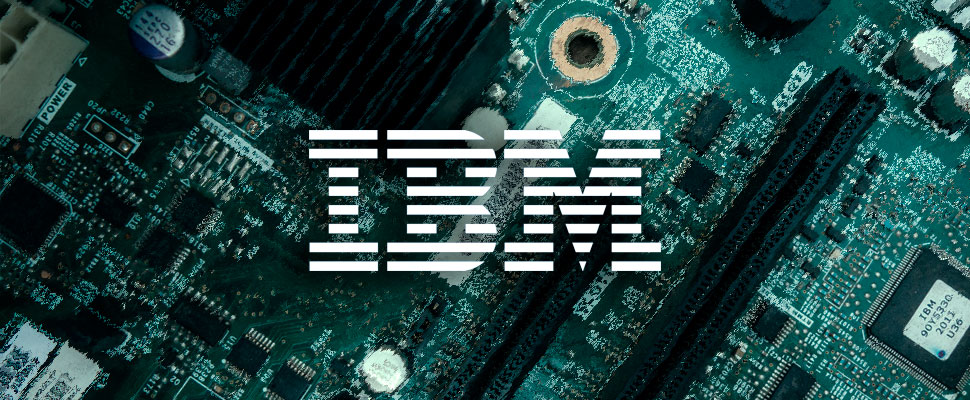How much does the culture of a company cost ?: IBM’s new millionaire purchase
In a business that amounted to 34 billion dollars, the IBM company acquired the developer of free software Red Hat

Red Hat is a company that develops free software since 1993 and is one of the biggest contributors to the development of the Linux system. This development of free software implies, broadly speaking, that Red Hat develops programs, applications, and systems within an open source framework, which means that anyone can access it for free and modify it, contributing to its development.
Leer en español: ¿Cuanto cuesta la cultura de una empresa?: La nueva compra millonaria de IBM
This postulate was very popular in the decade of the 90s and at the beginning of this century because the Internet was conceived as an opportunity to democratize information and content development. And while those ideas have evolved, somehow, giants like Windows or Apple have also appeared, who have banished from their business models the possibility that people have free access to what they do.
Also read: Why does Apple not want us to know how many iPhones they sell?
Precisely because of this duality in the way of approaching creation on the web is that the news of the purchase of Red Hat by IBM may surprise. 34 billion dollars was paid by the big US company for taking Red Hat's services, buying each share at $190, with a profit close to 60% per share, as Red Hat reported in its news section. This astronomical purchase makes us wonder, what does IBM look for with the acquisition of Red Hat? Does it intend to monetize the company's creations to produce private software? Or, perhaps, does it intend to establish a certain type of monopoly by absorbing innovative, but smaller companies?
It's not the assets that matter to IBM, it's their culture
According to Werner Koblich, Senior Vice President & General Manager EMEA of Red Hat, in an interview with MCPRO, the US company IBM did not buy Red Hat for its technology, but for its people and its culture, that is, for its human capital and its form to understand the web.
Shortly after the news came to light on October 28 this year, Jim Whitehurst, CEO of Red Hat, published an article where he expressed his opinion about the purchase made and what was coming for Red Hat as a company. In this article, Whitehurst makes two things clear: in the first instance, he considers that free software is the future of the web, because it offers the possibility for anyone to get involved in its development, making its acquisition not for a specific product, but for the culture that represents a certain brand, an experience.
Second, Whitehurst makes it clear that this partnership with IBM allows them to scale up and reach places they would never have imagined reaching. Although Red Hat has had a remarkable growth, with IBM as an ally they will be able to reach more than 190 countries where this company is present, says the CEO.
However, the question of monopoly remains in the air, because it is the same IBM who has claimed that one of its objectives with the purchase of Red Hat is to dominate the hybrid cloud offer, in the words of Ginni Rometty, CEO of IBM. This domain is ambiguous, at least, because IBM would be the company with more offer due to its diversity of small businesses that operate under its wing, but with a free software bet that anyone can access. Is it then the future of Internet betting on experiences and not products?
LatinAmerican Post | Jorge Ovalle
Translated from "¿Cuanto cuesta la cultura de una empresa?: La nueva compra millonaria de IBM"
Listen this article





